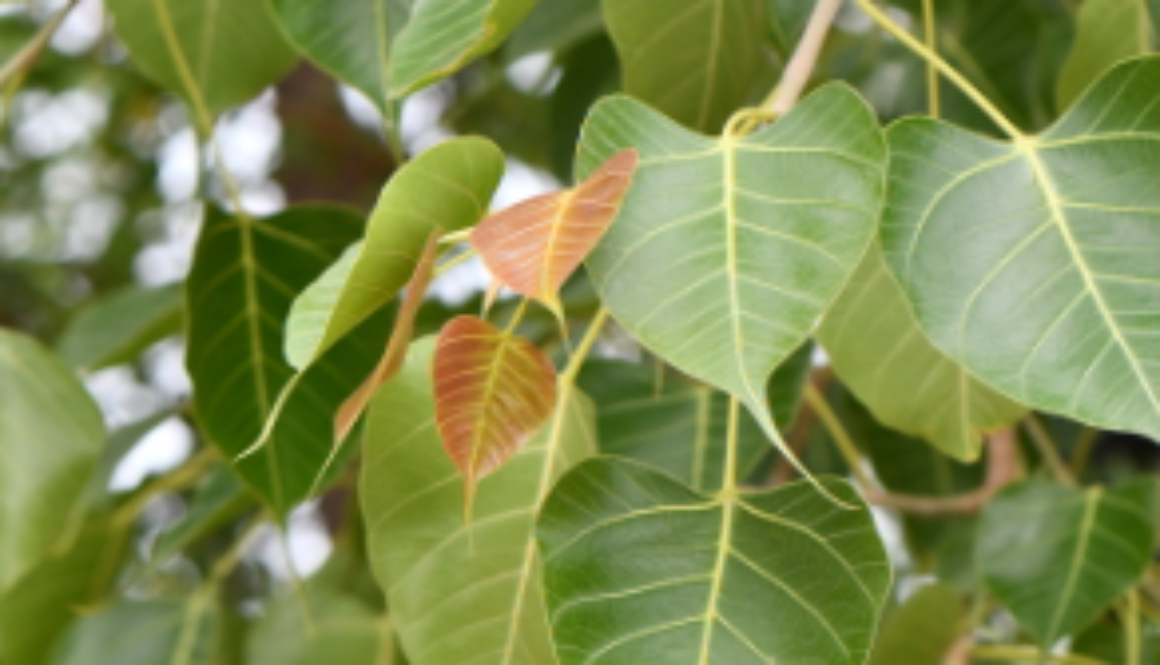Pipali
Common in waste lands, planted along the roads, usually near temples as an avenue tree. Large deciduous tree with spreading branches and greyish white bark. Leaves broadly elliptic obovate, leathery with rounded base and narrow long apex. Fruits paired receptacles (figs) smooth, globose, black or purple when ripe. Flowering and fruiting in April to June.
Part used: Whole plant
Usage: Leaves useful in healing bruises, wounds and in the treatment of skin diseases. Warmed leaves smeared with oil/butter is tied over boils for early suppuration. Powdered leaves and tender shoots purgative. Infusion of leaves is highly effective in cardiac weakness. Stem bark is cooling, alterative and used in treatment of diabetes, diarrhoea, leucorrhoea and inflammatory ulcers. Decoction of bark used to wash the mouth to reduce the inflammation in gums. Fruits and seeds laxative. Fresh fruit juice is effective in treating cold, cough and fever. Dried leaves and fruit powder cures asthma. Roots useful for treating gout. Decoction of root used in fever after delivery and in stomach diseases. Latex applied externally for skin diseases.

